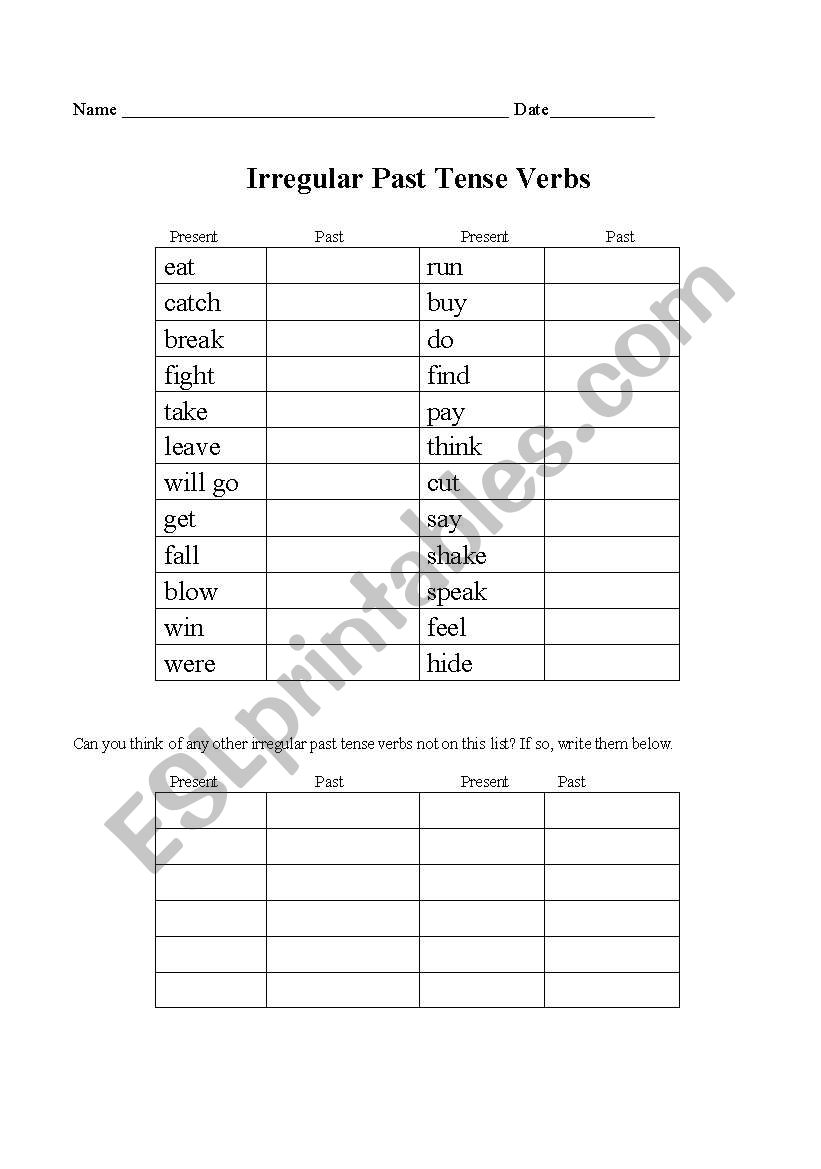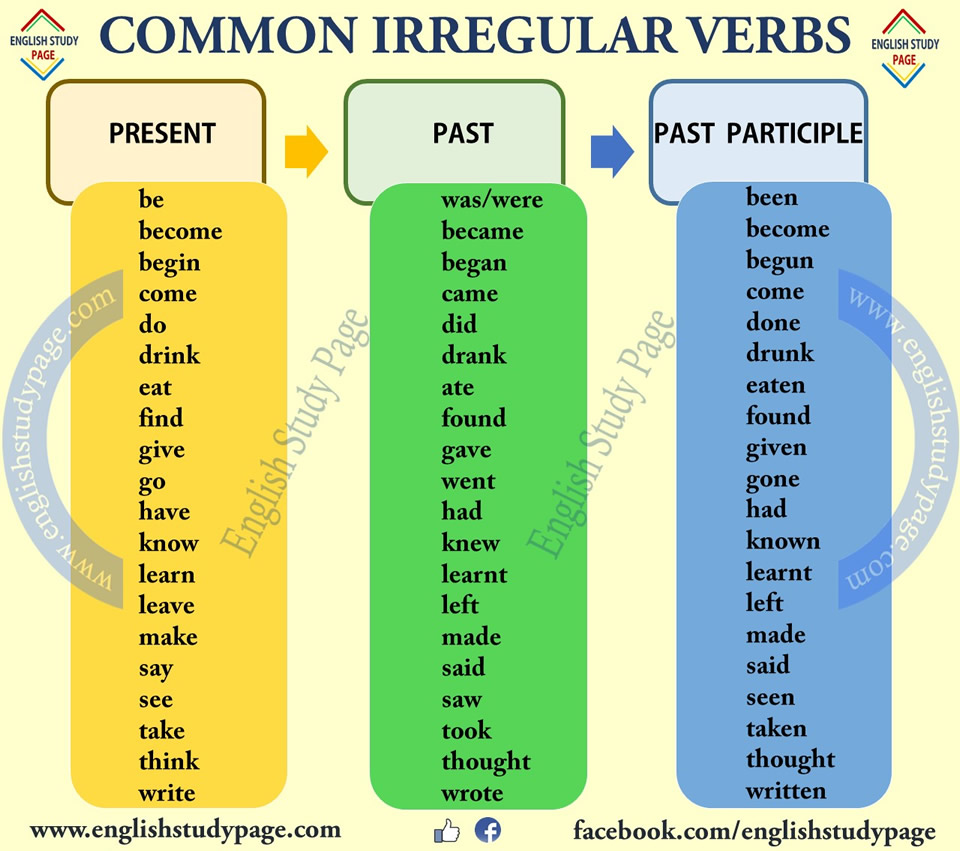

It and with singular nouns, we may change the spellingįor some verbs, we add an s at the end of the verb.įor verbs that end with o, s, z, sh, ch orįor verbs that end with a y. When a verb is used with the pronouns he, she, and In the following table, the first column is the infinitive form of the verb. If you have questions about a particular verb, check your dictionary.

They or plural nouns the spelling is not changed. Lucky for you, English present participles, except for the occasional change from the letter y to the letter i, are fairly straightforward.Just add ing. Simon brushes his teeth after every meal. They may be used with adverbs of frequency, for example always, often, usually, sometimes, rarely, never. We use the Present Tense for things that are done regularly or at some intervals. We use the Present Tense for situations that are quite permanent. We use the Present Tense when we are talking about facts or things that we know are true. Scroll down the page for more examples and explanations. The following table shows the spelling rules for verbs in the Simple Present Tense.

IELTS, TOEFL And English As A Second Language


 0 kommentar(er)
0 kommentar(er)
